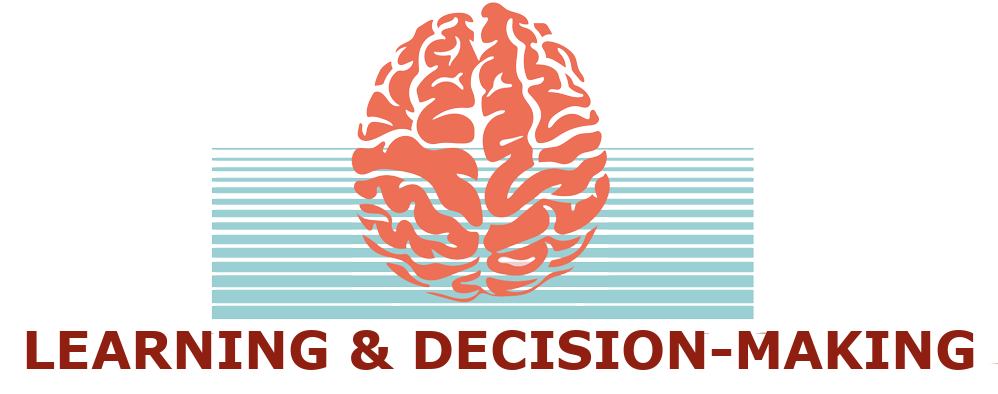Reinforcement Learning / Bayes tutorial
Want to use learning models to look at your data, but don't know where to start?
Together with Jill O'Reilly, Hanneke developed this reinforcement learning / Bayes tutorial, to help beginning modellers to start using computational models in order to better understand behaviour. The original tutorial is in Matlab, an adapted version for python by Renée is now also available.
The tutorial focuses on learning to implement and fit very basic learning models from two classes of models: one reinforcement learning model, and one normative Bayesian learning model, and show you how you can start to use these models understand your subjects' behaviour.
We first developed this tutorial for the Donders Institute summerschool on Computational Approaches to Decision Making, August 10-14 2015 in Nijmegen, the Netherlands, and by popular demand decided to put it online. We hope that it will help you to take your first steps in the wonderful world of computationals models. It’s now been used by >10.000 unique users and in (under)graduate programmes around the world!
Enjoy :D
Our favourite model fitting and stats toolboxes
If this tutorial has wet your appetite and you want to go little further and are looking help to navigate the complexities of model fitting, and don't want to write your own code, have a look these excellent toolboxes - note that this list is by in no way exhaustive, and new good stuff comes out every day…
CBM is a toolbox for hierarchical Bayesian inference for concurrent model fitting and random effects model comparison by Payam Piray. Here is the paper describing the toolbox.
HDDM is a python toolbox for hierarchical Bayesian parameter estimation of the Drift Diffusion Model, which can also be integrated with RL models. Here is the paper introducing this toolbox
JASP is a great free, open-source statistics toolbox that allows you to do Bayesian (and frequentist) statistics - You can finally accept your null hypothesis!
Jean Daunizeau wrote a number of excellent toolboxes, for which you can find the code here
Group-level (random-effect) Bayesian model selection
Reviewing DCM for fMRI results (SPM8 compatible)
and... a virtual Rubik's cube!
